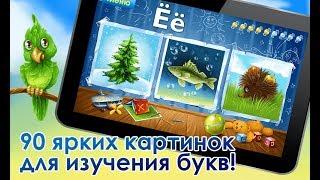
ERIPM | International conference on Eritrea presentation by Dr. Mebrahtu Atewbrhan
Комментарии:

Welcome ERIPM ✌
Ответить
Selam thank you 🙏 and for your service 🌿💙🌿💙🌿💙🌿
Ответить
Progress Towards the Establishment of National Protected Areas in Eritrea: the initiative to establish National Protected Areas in Eritrea began shortly after the country’s independence. Since then, sustained efforts have been made to assess and conserve key ecological regions across the country. Periodic surveys were conducted to collect baseline data, and in 1997, the Ministry of Agriculture—working in collaboration with the Food and Agriculture Organization (FAO)—launched the Forestry and Wildlife Technical Cooperation Project. This project brought together a multidisciplinary team of national and international experts to identify potential protected areas throughout Eritrea.
Selection Criteria and Priority Areas: the selection of National Protected Areas was guided by a range of parameters, including community ownership, natural beauty, unique geological features, ecosystem diversity, and recreational potential. Key sites identified included the Semenawi-Debubawi Bahri region, known for its terrestrial biodiversity, and several Red Sea islands and archipelagos, noted for their combined marine and terrestrial ecological importance.
Stakeholder Engagement and Studies
Over the past 30 years, multiple workshops, seminars, and inter-ministerial meetings were conducted in collaboration with the Ministry of Agriculture, Ministry of Land, Water and Environment, Ministry of Marine Resources, and later, the Forestry and Wildlife Authority. These efforts supported both independent and integrated studies, resulting in a rich body of documentation. This includes detailed socio-economic assessments, biophysical analyses of terrestrial and marine ecosystems, and strategic management interventions for buffer zones surrounding the proposed protected areas.
Key Milestones and Achievements 1. Boundaries of protected areas were demarcated through inclusive community participation. 2.Biodiversity monitoring benchmarks were established for long-term ecological assessment. 3. International best practices, including IUCN principles, were adopted—particularly for managing core conservation zones.
Project Development and International Support: Building on this extensive groundwork, a joint Government of Eritrea/GEF/UNDP co-funded project titled “Establishment of Protected Areas in the State of Eritrea” was launched. Local and international consultants collaborated to design the project, using existing data and field experience.
Key outputs of the project included: 1, Deeper community integration, with communities organized into user groups to enhance local stewardship. 2, Expanded stakeholder engagement, with clearly defined roles and responsibilities for each actor. 3, Establishment of larger biodiversity monitoring plots, to improve ecological data quality and landscape-level monitoring. 4, Capacity building across all levels, including training for local authorities, technical staff, and community representatives. 5, Participation in IUCN-led regional workshops, to align national practices with global conservation standards

People migrate from war region; Ukraine is a good example.
Eritreans were suffering from Badme war.

Well done Dr.Mebrahtu
Ответить
❤❤🎉❤❤❤🎉❤❤😊
Ответить

























